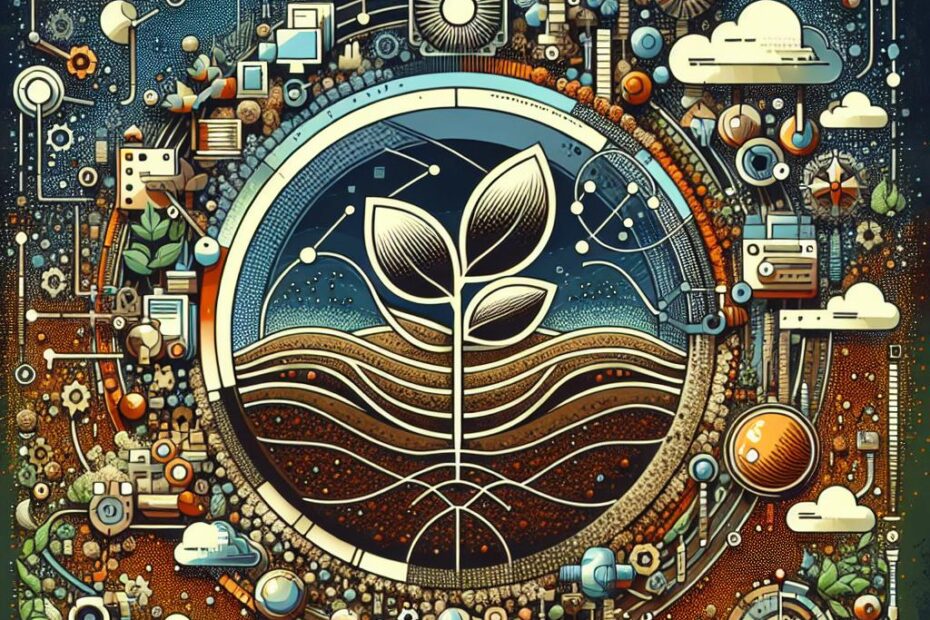Title: Is Soil a Pure Substance or Mixture? Unveiling the Truth
Introduction:
Soil is often viewed as a simple substance that covers the Earth’s surface. However, when we delve deeper into its composition and properties, the question arises: Is soil a pure substance or a mixture? In this article, we will explore the intricacies of soil and determine whether it is classified as a pure substance, a mixture, or a combination of both.
Understanding Soil Composition:
Soil is made up of a complex combination of minerals, organic matter, water, air, and living organisms. Each component plays a vital role in the overall health and fertility of the soil. Let’s break down the different components:
• Minerals: Minerals such as sand, silt, and clay make up the inorganic portion of soil. These minerals determine the soil’s texture, drainage, and nutrient-holding capacity.
• Organic Matter: Organic matter includes decomposed plant and animal materials, as well as living organisms like bacteria, fungi, and earthworms. Organic matter provides essential nutrients to plants and improves soil structure.
• Water and Air: Soil contains varying amounts of water and air, which are crucial for plant growth. Water provides hydration, while air allows for root respiration and nutrient uptake.
Is Soil a Pure Substance or Mixture?
Based on the definition of pure substances and mixtures in chemistry, soil can be classified as a mixture. A pure substance consists of only one type of element or compound, while a mixture contains two or more substances physically combined. Since soil comprises a variety of minerals, organic matter, water, and air, it falls under the category of a heterogeneous mixture.
Benefits of Soil as a Mixture:
While soil’s classification as a mixture may seem complex, it actually provides numerous benefits for plant growth and ecosystem health. Here are some advantages of soil being a mixture:
• Nutrient Diversity: The diverse mix of minerals and organic matter in soil ensures that plants receive a wide range of nutrients for optimal growth.
• Improved Water Retention: The combination of water and air in soil allows for better water retention, reducing the risk of drought stress for plants.
• Enhanced Soil Structure: The interactions between different soil components contribute to improved soil structure, promoting root growth and nutrient uptake.
Practical Tips for Soil Management:
To maintain healthy soil and maximize plant growth, consider the following tips for soil management:
- Conduct a soil test to assess nutrient levels and pH levels.
- Amend soil with organic matter such as compost or manure to improve fertility.
- Practice crop rotation to prevent nutrient depletion and disease buildup.
- Mulch soil to conserve moisture and suppress weeds.
- Avoid over-tilling or compaction, which can harm soil structure.
Conclusion:
In conclusion, soil is a complex mixture of minerals, organic matter, water, and air that plays a vital role in supporting plant life and sustaining ecosystems. While soil may not fit the traditional definition of a pure substance, its diverse composition and interactions make it a valuable resource for agriculture, gardening, and environmental conservation. By understanding the components of soil and implementing best practices for soil management, we can ensure healthy and productive soil for generations to come.
Soil is indeed a mixture, and its richness and diversity make it a fundamental element of life on Earth. Through proper care and stewardship, we can harness the power of soil to nourish plants, support biodiversity, and sustain our planet’s ecosystems.
